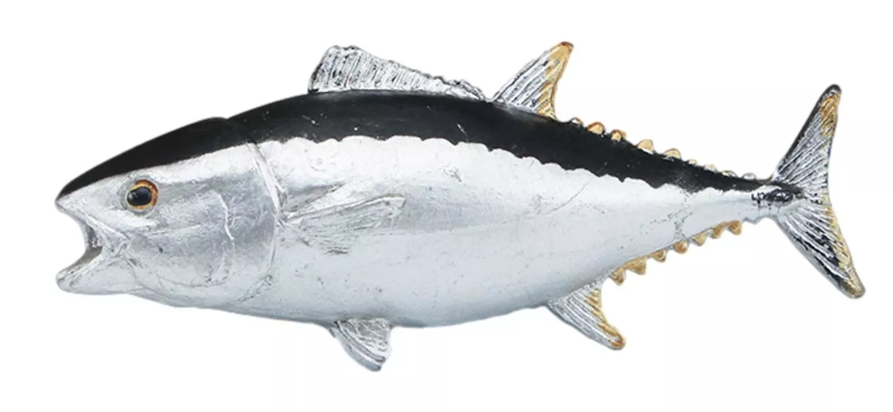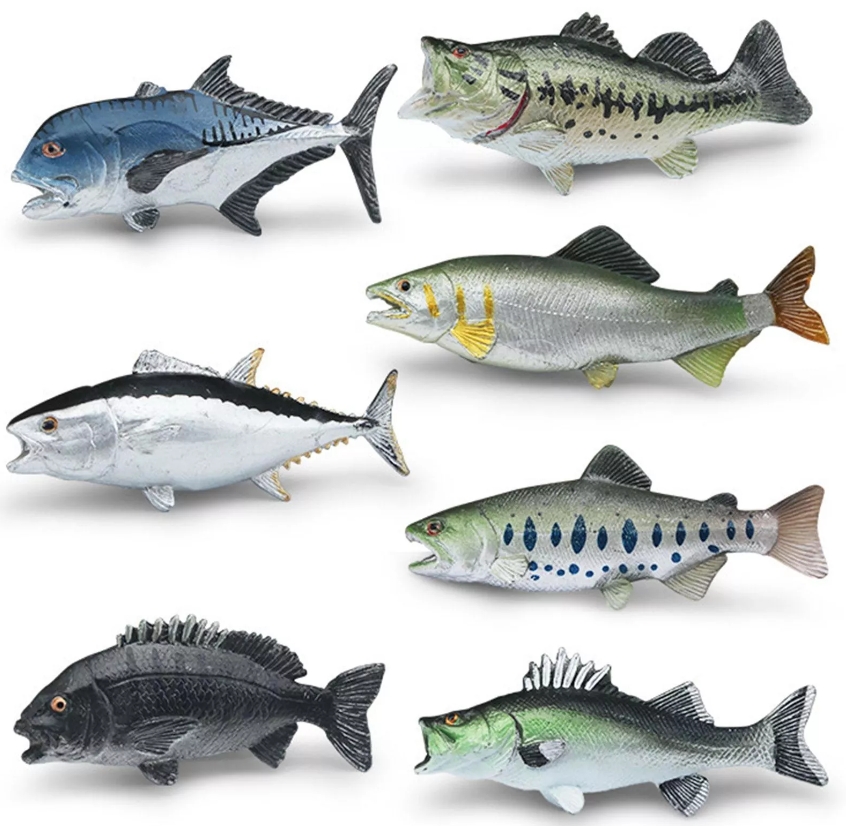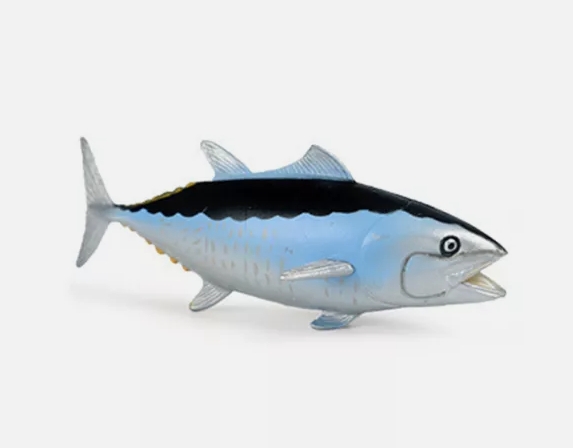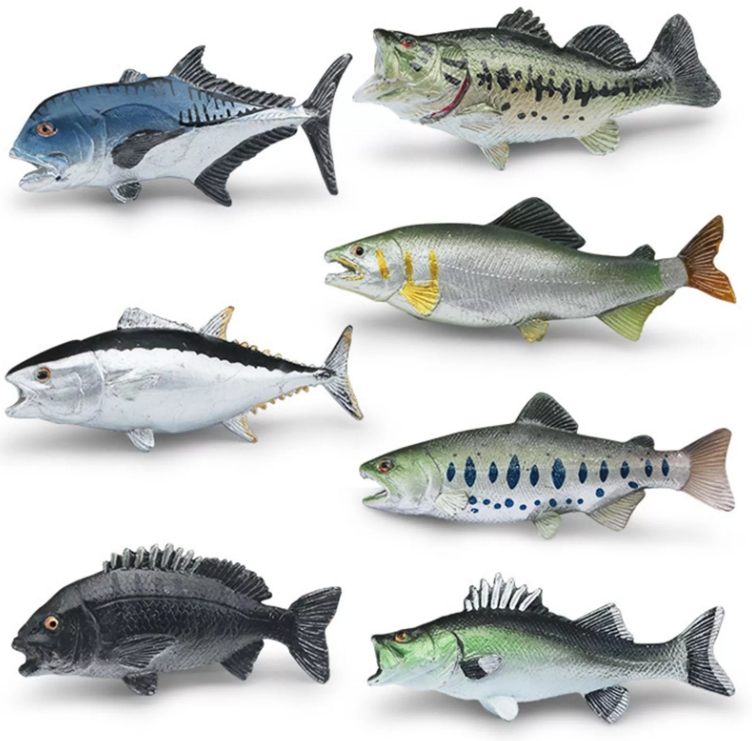The tuna model is a theoretical tool widely used in ecology and resource management, mainly for the study of population dynamics and fisheries management of tuna and related species. As an important commercial fish, tuna population changes are influenced by many factors, including natural environment, fishing pressure and reproductive characteristics.
The model is usually based on mathematical equations designed to describe processes such as growth, death, fishing and regeneration of tuna populations. By setting the corresponding parameters, scientists can simulate the population trends of tuna under different conditions, thus providing a theoretical basis for resource management. For example, models can help predict the long-term sustainability of tuna stocks under specific fishing pressures, as well as stock changes under different fisheries management policies.
One of the core concepts of the tuna model is the "growth model", which usually adopts the logistic growth equation and takes into account factors such as the growth rate and environmental carrying capacity of the tuna. In addition, the model also considers the effect of fishing rate, which involves many aspects such as fishing technology, fishing gear selection and market demand. By adjusting these parameters, managers will be able to develop more scientific catch quotas, thereby effectively conserving tuna stocks.
However, the application of the tuna model is not without challenges. The uncertainty of the data, the rationality of the model assumptions and the change of the external environment may have a significant impact on the model results. Therefore, in practical application, it is necessary to combine field investigation data and empirical observation to constantly correct and optimize the model. In addition,tuna not only plays an important role in the ecosystem, but also an important part of the global fishing economy.




